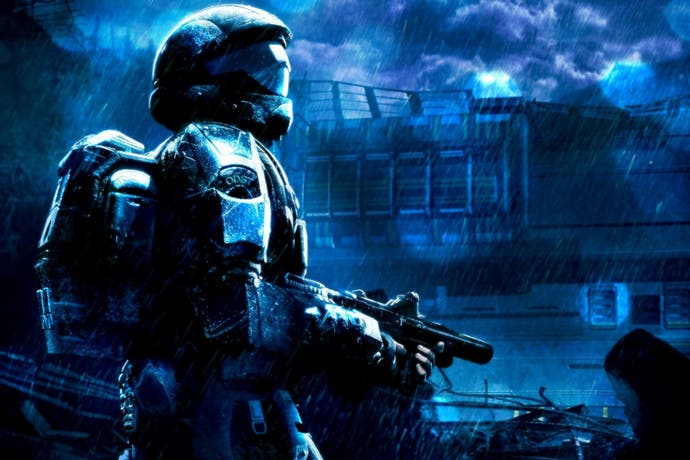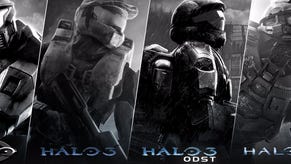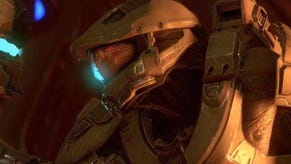Halo 3: ODST was Bungie's grand experiment that paved the way for Destiny
How the streets of New Mombasa paved the way forward.
Some video game developers could make for great architects, just as some architects would have made great developers. I yearn for a Call of Duty map pack styled after Le Corbusier, and I reckon Richard Rogers could work wonders if he was allowed to design the Martian space station that houses the next Doom.
Video game developers, of course, try their hand at architecture all the time, and Bungie's Halo games have always sported the grandest constructions. In the vast Forerunner structures at the backbone of Master Chief's adventures you've got quite possibly the best approximation of what would have happened should Frank Lloyd Wright ever have found himself working in video games. It's no surprise then, that when they turned their hand to town planning, the results were fascinating.
Halo 3: ODST's New Mombasa is a strange, bewildering place. A counterpoint to the opulence and chilling optimism of the Forerunners' own creations, the city is grounded by swathes of angular concrete and starchy geometry, boasting all the faceless, stark appeal of brutalism at its best. 26th Century life in Kenya feels very much like life in 1970s urban England as seen through a Ballard filter, where broad avenues spill into winding walkways and up into dim high-rise corridors. Walking through New Mombasa feels like taking a night-time stroll through London's Barbican Estate - that living monument to Ballard, where his bleak vision finds itself cast into rough, exposed stone.
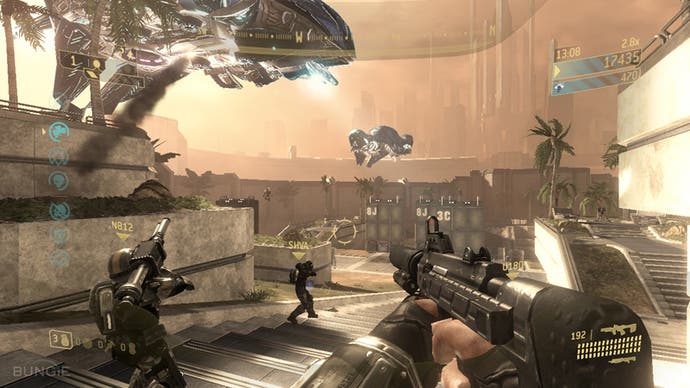
Halo 3: ODST itself is a strange, bewildering game. What began as Halo Chronicles, an accompaniment to Peter Jackson's abandoned film project, quickly became something else as the small team was spun out on a quick turnaround project. The result is a real sense of it being the castaway in Bungie's run on the series, an edgy outsider. Even Microsoft didn't seem to know what to make of it, keeping it away from the easy-to-swallow thrills of its E3 show and opting for a more muted debut (and resulting in some excellent Don Mattrick corporate speak, the then Xbox boss operating at peak Mattrick as he fumbled through the reasons for its absence from Microsoft's conference back in 2008)
It's perhaps the game where tensions began to show between Microsoft and Bungie, and between the Seattle developer and the series that forged its reputation. Halo 3: ODST pushes at the boundaries of the Halo formula - you can see the developer yearning to move away from the cut and dry heroics of the Master Chief, just as much as you can feel the frustration of a Microsoft trying to peddle an entry in its star series without its star. ODST's an outlier that will likely never get the remaster treatment, confined to its own little corner of history.
More's the pity, for as much as Halo 3: ODST marks the beginning of the end for Bungie and Microsoft's relationship, it also carries the first seeds of the developer's next grand vision. An experiment in open-world design, a hazy line can be drawn between Destiny's scorched, Fallen-infested Earth and the Covenant occupied New Mombasa. They're different in tone, of course - compared to the relentless darkness of ODST, Destiny's post-apocalyptic fantasy seems positively chipper.
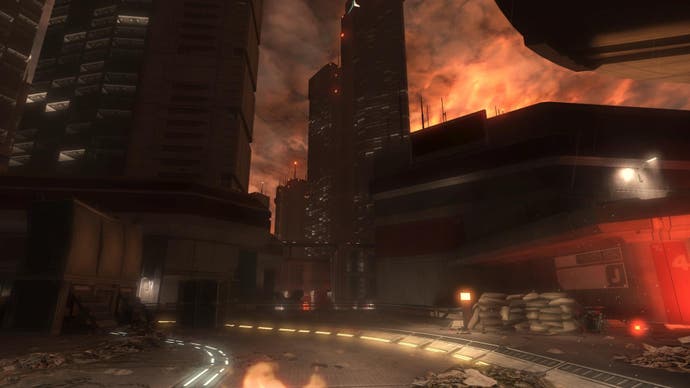
Halo 3: ODST's New Mombasa is smothered in darkness, often impossible to navigate without turning to your rookie's infra-red visor. It's a solitary brand of exploration that Bungie peddles as you piece together the stories of your comrades that are embedded across the city, and it's backed up by a brilliantly moody score where flashes of light jazz play up to the police procedural aspect of ODST - and make me suspect composer Marty O'Donnell was binge-watching Midnight Caller whilst working on it.
There's room for life within this grand world. Halo 3: ODST placed an emphasis on the more human, relatable tale of its subjects, delivered in small doses. The cast of Joss Whedon's much-loved, short-lived Firefly was reformed, in part, though they never get far towards recapturing the fizz of the show - the thin drama soon drowned out by the more full-blooded blasts of rifle and plasma. In the background, a series of audio-logs chronicle life on New Mombasa before and after the Covenant attack through the eyes of one of its citizens, Sadie Enesha, that lays on thick references to Dante's Divine Comedy. It's noble in intention, but in execution it's got all the polite ineptitude of a Radio 4 afternoon play.
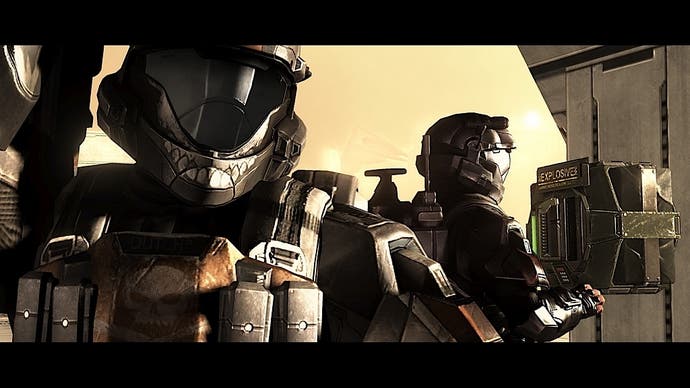
For all of its experiments, be it the human drama that was picked up in Halo: Reach, or the open world explored further in Destiny, Halo 3: ODST ultimately fell back on Bungie's bedrock. The episodes unlocked through the open world play like a greatest hits - here's your chance to trundle over Covenant forces with a Scorpion tank, here's an open battleground for the thick tires of your Warthog to tear up, and here's an all-out onslaught of enemies to hole up against - and the adjustments to the formula were slight.
The emphasis on more human characters bled from the story through to the game, though again it's slight - and again, it quickly falls back on Halo staples, rewinding to some of the original Combat Evolved's elements. Health packs return, as does the scoped Magnum - and the latter is, as ever, a treat. Packing the punch of a powered-up nail-gun, the pin-point headshots it enables are an absolute joy, Grunt's skulls snapping back as quickly as you pull down on the trigger. The one enemy variant ODST introduces, however, is bunk - the Huragok, or Engineers, are slow floating shield generators that add very little to the battlefield.
What's left in ODST, then, are the little fragments of inspiration, of evolution, fissures that run through the streets. They're dispersed across New Mombasa like the ODST, flung out into the nether reaches and letting light into a city that's dark and imposing. Ferret them out, though, and you'll find some classic Halo - as well as the foundation for what would come next.
